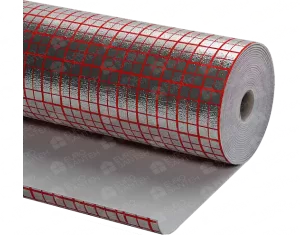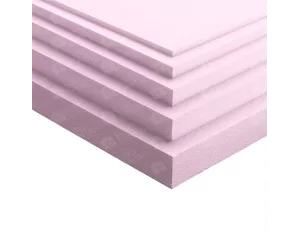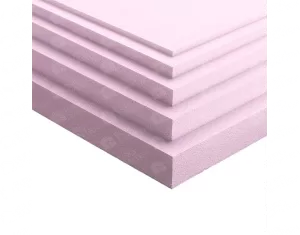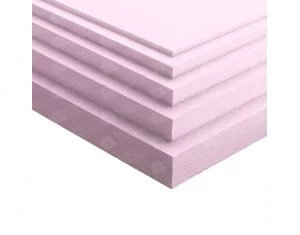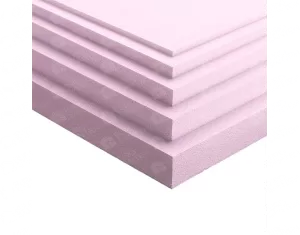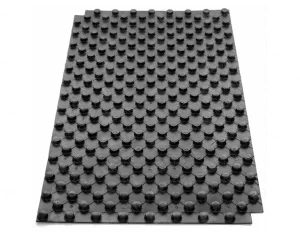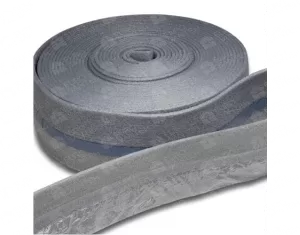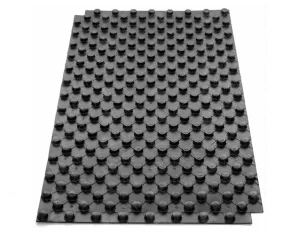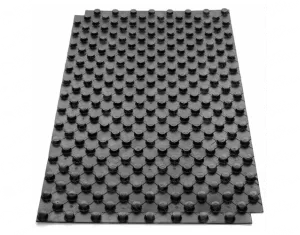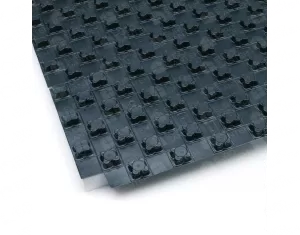Insulation for underfloor heating
Underfloor heating is a popular and efficient way to keep your home warm, and choosing the right insulation is a crucial step in optimizing its performance. In this comprehensive guide, we'll explore the benefits of insulation for underfloor heating, considerations for choosing the right insulation material, and installation tips to ensure a comfortable and energy-efficient living space.
Benefits of Insulation for Underfloor Heating:
Improved Heat Retention: Adequate insulation prevents heat loss, ensuring that the warmth generated by the underfloor heating system stays within the living space. This contributes to better heat retention and overall efficiency.
Even Heat Distribution: Insulation for underfloor heating promotes uniform heat distribution across the entire floor surface. This eliminates cold spots and creates a consistently comfortable environment throughout the room.
Energy Savings: By reducing heat losses to the subfloor and efficiently managing heat transfer into the room, proper insulation can lead to significant energy savings. Underfloor heating systems, coupled with effective insulation, contribute to lower monthly heating costs.
Protection Against Ground Cold: In colder periods, insulation prevents ground cold from infiltrating the living space. This is crucial for maintaining thermal comfort, especially in chilly climates.
Additional Acoustic Insulation: Beyond thermal benefits, underfloor heating insulation also serves as additional acoustic insulation, reducing noise transmission between floors and contributing to a quieter indoor environment.
Considerations When Choosing Underfloor Heating Insulation:
Thermal Conductivity: Opt for insulation materials with low thermal conductivity to maximize the efficiency of the underfloor heating system. Common materials include polyurethane foam and extruded polystyrene.
Insulation Thickness: Determine the optimal thickness of the insulation based on your underfloor heating system requirements and manufacturer specifications. Avoid overly thick insulation, which might impact the final height of the floor.
Moisture Resistance: Ensure that the insulation material is resistant to moisture. This is particularly important in areas with high humidity levels.
Compatibility with Heating System: Verify that the insulation material is compatible with the underfloor heating system you plan to install. Different materials may interact differently with various types of heating pipes or cables.
How to Install Insulation for Underfloor Heating:
Cleaning and Preparation: Begin by thoroughly cleaning and leveling the floor surface before installing insulation. Remove any debris, dust, or impurities that might affect adhesion.
Measurement and Cutting: Carefully measure the surface to determine the required amount of insulation. Cut the material precisely to fit the floor shape.
Fixing Insulation: Attach the insulation to the floor using appropriate methods, such as insulation adhesive or specialized adhesive tapes.
Installing the Heating System: After installing the insulation, proceed with placing the underfloor heating system according to the manufacturer's instructions.
Final Floor Covering: Once the heating system is in place, cover it with the final flooring material, such as laminate, tiles, or carpet.
Where to Find Underfloor Heating Insulation and What to Look For:
Specialty Stores: Underfloor heating insulation can be purchased from specialty stores that offer a range of construction materials.
Certifications and Endorsements: Check if the chosen insulation product has appropriate certifications and endorsements, ensuring quality and safety.
Product Reviews: Read reviews from other buyers to gain insights into the performance and durability of the insulation product.
Conclusion:
Investing in quality insulation for underfloor heating is essential for achieving thermal comfort and optimizing the efficiency of your heating system. By selecting the right materials and following proper installation procedures, you'll enjoy a warm and inviting living space throughout the year, with reduced heating costs and energy consumption.
